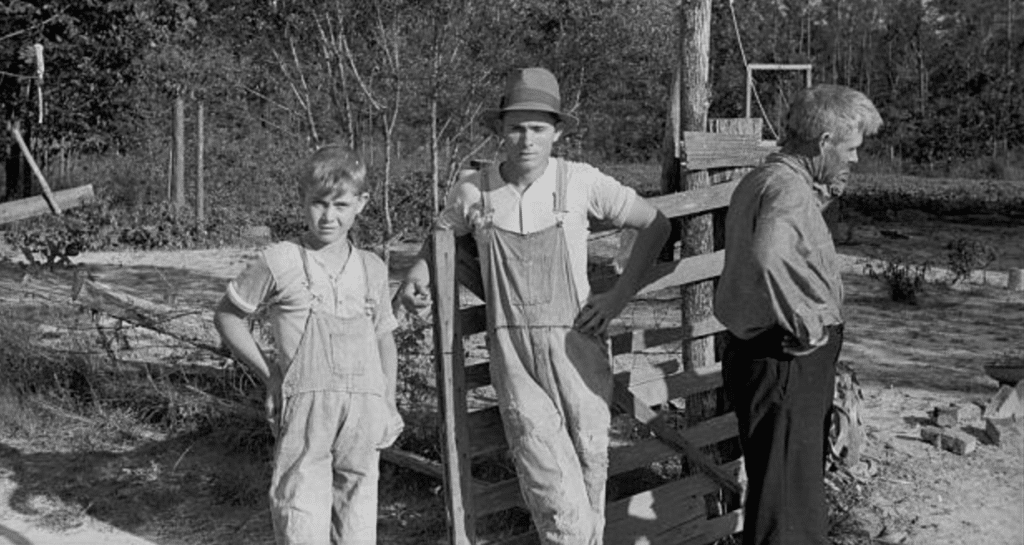Genealogy is an exciting adventure into a unique past — that of your very own family. It’s full of twists and turns, validation and insight. What could be better?
But family history research is, unfortunately, also full of pitfalls. Pitfalls that can hinder or derail your research if you don’t avoid them…or at least try to overcome them.
We thought it would be fun and useful to address a few of the most common pitfalls that new (and intermediate) family historians often make by compiling a simple list of ways to ‘fail’ at your family history.
How to ‘Fail’ at Family History Research in 10 Simple Steps
Step 1. Jump right into your family’s history without taking the time to talk to any of your relatives. Whatever you do, do not ask parents, grandparents, aunts, uncles or cousins what they know about your family’s past.
Step 2. Get a subscription to Ancestry.com and never, ever leave their site. Do not, under any circumstances, check out the many free genealogy websites that contain oodles of unique, helpful information.
Step 3. Forget original research. There are already so many wonderful family trees on the web. For the fastest family tree possible, just copy those as needed.
Step 4. Do not keep a research journal. Never write down or record anything you learn, because you are sure to remember the details at a later date. This is especially true for details shared by aging family members, links to possible record matches and small tidbits of information that don’t fit neatly into your tree.
Step 5. Never cite your sources. The details are what’s important, not where those details come from. Sources don’t provide credibility or valuable context to a fact, nor do they allow you to expand or improve your research later.
Step 6. Keep your genealogy research in only one location, preferably on your computer or in an online family tree. Do not back up your data to more than one location since electronics and online businesses are always very, very reliable.
Step 7. Make assumptions. Assumptions are the perfect way to make genealogy research more manageable by limiting discoveries.
Step 8. Never use Google or other search engines to expand your resources. And if you do, use only the most basic searches to filter through the millions of results.
Step 9. Be sloppy. It doesn’t matter if that location or surname is spelled correctly, or if that date is recorded just right or if you took the time to write down the occupation you found in the 1910 census. It doesn’t even matter if great, great grandpa John shows a death date before great grandpa James was even born. Most likely, nobody will even notice at your next family gathering.
Step 10. Give up easily. If you don’t find what you are looking for quickly and easily, you probably never will.
We’ve all made at least some of these mistakes, so don’t worry if you find you’ve completed more than a few of these ‘steps.’ Just take this as a fun reminder to review those aspects of your research in 2016. After all, every mistake we make it an opportunity to learn something new and become a better researcher.

I use an excel spreadsheet as a worksheet to record my family tree, using the comments to records details I have found, and colour coding to identify relations I am happy with. From here the verified data is transferred into Legacy family tree. I’m pedantic when it comes to backups – both the external hard drive and dropbox
#20 miss a step or two along the way …. (#13 looks to have been missed out!) hahaha
Great, and yes, I’ve done a few of these in my earlier years, but learned from my mistakes pretty quickly. My biggest mistake that I continue to make is thinking that I’ll remember something….not true at my age. 🙂
Very, very good!
Very complete failure list. Couldn’t agree more.
#19 Be snarky and judgmental about other people’s methods. Remember, YOU are the only true genealogist.
#18 Don’t go through your relative’s wedding albums asking who everyone is, and certainly don’t bother taking time to write down names. There will always be time in the future to do that.
#16 Don’t print up any half completed research and give it to several relatives so someone has the information because you will live forever and can always print the ‘completed’ genealogy at a later date.
#17 Make sure you only do straight line research because the only ones that matter are your direct ancestors and all those siblings, each generation, are of no consequences to furthering your research since lateral lines are not directly related to you.
#14 Don’t study the history of the areas your family came from and where they settled. It won’t help to know the reasons behind why they left one country and why they settled in another place.
#15 Just track your direct ancestors. Brothers and sisters are not interesting and won’t help you learn more about your family.
#11 Never ever use original records written in Latin or other languages. It’s just too hard to decipher what they say. Always use someone else’s translations.
#12 Be sure and put your non vetted work on the Internet, so that the lazy folk will just pick up your work and call it their own. This happens even on web sites where one would expect better.